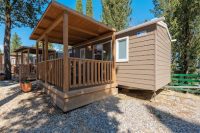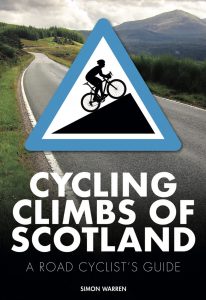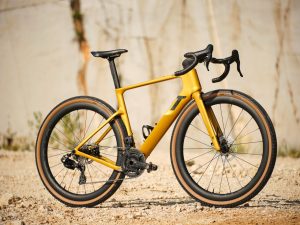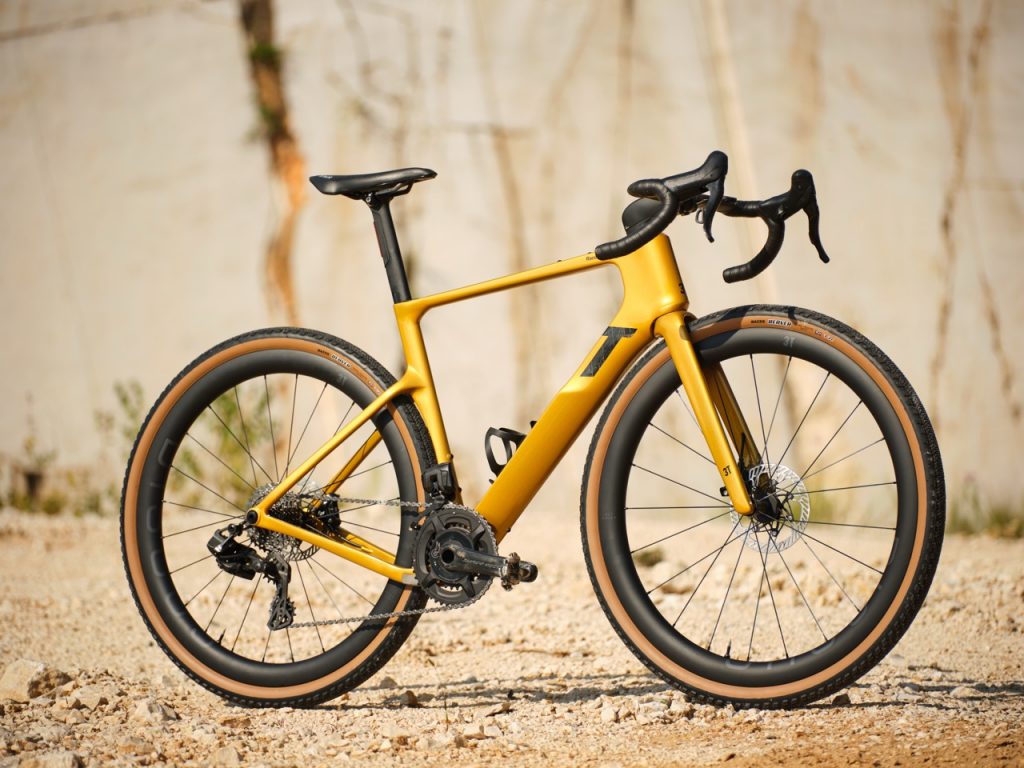Investing in a Bike Can be a Costly Endeavour
While most of our readership will likely already own a bike, each time you invest in a new model it can be a daunting prospect. This is particularly relevant for beginners and first time buyers however, as buying a bike usually means parting with a substantial amount of money.
While there are a plethora of choices and new technologies out there as we covered in our e-bike buying guide ,we’ve decided to take it back to basics and explore the three main categories of conventional bicycles.
Road Bikes
As the name would suggest, road bikes are best suited to cycling on smooth asphalt. Their lightweight design, narrow wheels and nimble front axis are engineered to travel long distances while also offering the fastest option for commuters.
Indeed, this isn’t to say that road bikes can’t handle slightly more rugged surfaces, but the thinner wheels and frame are likely to malfunction much quicker if this is a regular occurrence.
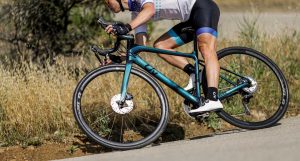
As a result, road bikes are the perfect choice for competitive road cyclists and commuters who are almost always riding exclusively on sturdy, level surfaces.
Mountain Bikes
Those with an adventurous streak should certainly look into mountain biking. As a nation, the UK has some of the best courses and conditions for a thrilling mountain bike excursion, so lets take a look at what makes these models best suited to off-road scenarios.
Although still lightweight enough for tight cornering, mountain bike frames are usually thicker and more sturdy than their on-road counterpart, and offer a wide range of gear options for changeable gradients. Most notably, they are equipped with very forgiving suspension to absorb some of the shock in the very likely event you encounter rough terrain and large downhill drops.
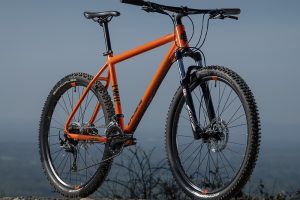
Again, they can be used on any terrain, but your legs will have to work slightly harder than if you were on a road bike. Regardless, if you’re looking for traction, mountain bikes are for you. The tyres are thick and have low air pressure, meaning that more friction is created while you cycle and will help to keep you on the straight and narrow.
Gravel Bikes
Arguably the most versatile out of the three, and a delicate blend of the first two. Gravel bikes have the unique ability to be utilised across a wide range of surfaces; tarmac, gravel paths, jagged forest tracks and dirt roads . With this ability, it makes adventuring to new and unknown locations a lot easier, whilst retaining some of the aspects of a road bike such as a sleek, speedy design.
The tyres on a gravel bike have a large diameter and its wheelbase is longer than traditional bikes, helping it to remain stable in tougher conditions, while the typical drop-bar handlebar allows for a seamless switch back to a streamlined road excursion.
https://www.youtube.com/watch?v=px9c4XL1yoA
As a result, gravel bikes are ideal for cyclists who want to make the best of both worlds. If you enjoy exploring the countryside on the weekends, a gravel bike will perform just as well on uneven surfaces as it will on a city commute or a strictly road ride. With modern tyres, the common misconception that thinner designs means more speed is simply not true anymore, so even if you are riding competitively there are certain gravel bikes that might be right for you.



















